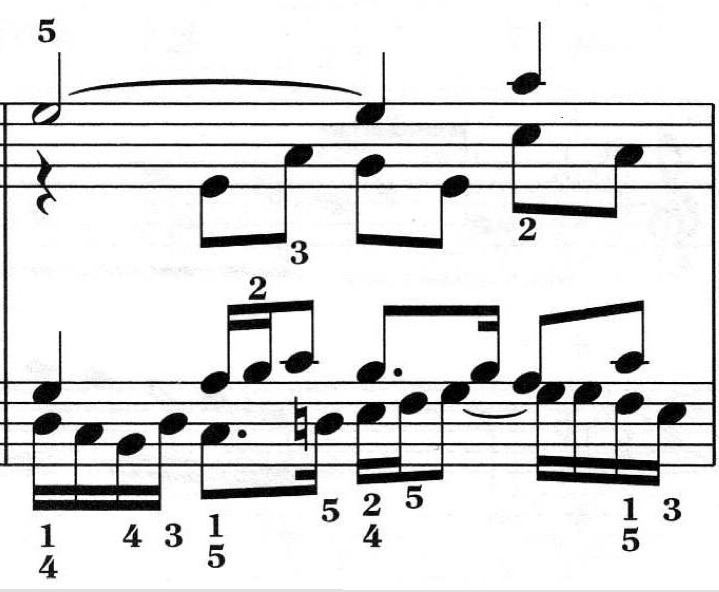 | ||
Ratchagan kaiyil mithakkum full song
A melody ("singing, chanting"), also tune, voice, or line, is a linear succession of musical tones that the listener perceives as a single entity. In its most literal sense, a melody is a combination of pitch and rhythm, while more figuratively, the term can include successions of other musical elements such as tonal color. It may be considered the foreground to the background accompaniment. A line or part need not be a foreground melody.
Contents
- Ratchagan kaiyil mithakkum full song
- Ae dil hai mushkil full song video karan johar aishwarya ranbir anushka pritam arijit
- Elements
- Examples
- References
Melodies often consist of one or more musical phrases or motifs, and are usually repeated throughout a composition in various forms. Melodies may also be described by their melodic motion or the pitches or the intervals between pitches (predominantly conjunct or disjunct or with further restrictions), pitch range, tension and release, continuity and coherence, cadence, and shape.
The true goal of music—its proper enterprise—is melody. All the parts of harmony have as their ultimate purpose only beautiful melody. Therefore, the question of which is the more significant, melody or harmony, is futile. Beyond doubt, the means is subordinate to the end.
Ae dil hai mushkil full song video karan johar aishwarya ranbir anushka pritam arijit
Elements
Given the many and varied elements and styles of melody "many extant explanations [of melody] confine us to specific stylistic models, and they are too exclusive." Paul Narveson claimed in 1984 that more than three-quarters of melodic topics had not been explored thoroughly.
The melodies existing in most European music written before the 20th century, and popular music throughout the 20th century, featured "fixed and easily discernible frequency patterns", recurring "events, often periodic, at all structural levels" and "recurrence of durations and patterns of durations".
Melodies in the 20th century "utilized a greater variety of pitch resources than ha[d] been the custom in any other historical period of Western music." While the diatonic scale was still used, the chromatic scale became "widely employed." Composers also allotted a structural role to "the qualitative dimensions" that previously had been "almost exclusively reserved for pitch and rhythm". Kliewer states, "The essential elements of any melody are duration, pitch, and quality (timbre), texture, and loudness. Though the same melody may be recognizable when played with a wide variety of timbres and dynamics, the latter may still be an "element of linear ordering"
Examples
Different musical styles use melody in different ways. For example:
